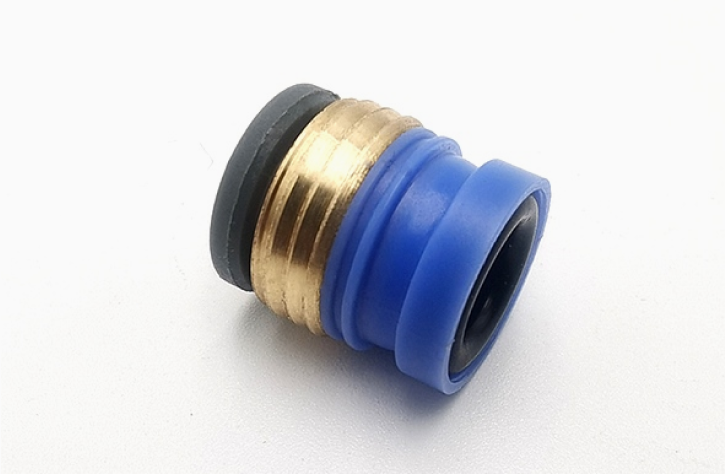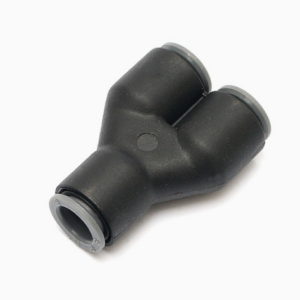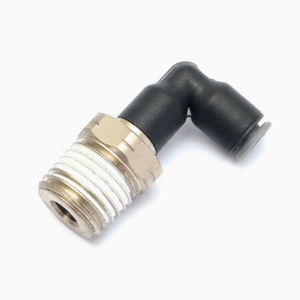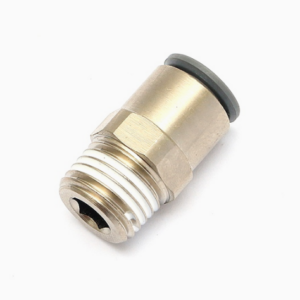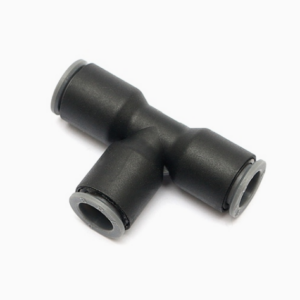Embedded Connector
Embedded connectors, embedded connectors, pre-lubricated, protective seals, integrated installation, no risk of air leakage. Save assembly time and make assembly safer. Automatic alignment during insertion, can be combined for distribution and installation. Using special technology, automatic sealing, full flow, vacuum performance, product appearance and performance are comparable to international brands.
Product Content Introduction
Product Features:
(1) Save assembly time and make assembly safer.
(2) They can be automatically aligned during the insertion process and can be combined, distributed and installed.
(3) Pre-lubrication, protective seal, integrated installation, no risk of air leakage.
(4) Adopting special technology, automatic sealing, full flow, vacuum performance.
(5) The product appearance and performance are comparable to those of international brands.
(2) They can be automatically aligned during the insertion process and can be combined, distributed and installed.
(3) Pre-lubrication, protective seal, integrated installation, no risk of air leakage.
(4) Adopting special technology, automatic sealing, full flow, vacuum performance.
(5) The product appearance and performance are comparable to those of international brands.
Specifications:
Scope of application
Compressed air, vacuum, water
Vacuum Capacity
755mmHg (99% vacuum)
Operating temperature
-20~+60℃
Work Pressure
When the working temperature is 0~10℃, it can reach 15Bar. The specific working pressure is related to the type of plastic pipe used.
Materials used
Engineering plastics, nitrile rubber, stainless steel


Model:
BOF
Working temperature:
-20℃/+60℃
Maximum operating pressure:
15 Bar
Material:
engineering plastics, nitrile rubber
Applicable media:
compressed air, vacuum, water
Vacuum rated pressure:
755 mmHg (99% vacuum)
Suitable for pipe outer diameter: Ø4, Ø6
Precautions for using trachea pneumatic joints:
1. Make sure that the cut surface of the pipe is vertical, there are no scratches on the outer circumference of the pipe, and the pipe is not oval.
2. When inserting the pipe, be sure to insert it to the bottom of the joint. If the pipe is not inserted to the bottom, it may cause leakage.
3. After the pipes are connected, pull the pipes to make sure that the pipes cannot be pulled out of the joints.
4. Please do not use for purposes other than fluids.
5. Do not exceed the maximum operating pressure during use.
6. Do not use it outside the operating temperature range to prevent deformation of the sealing material, which may cause leakage.
7. Do not hit, bend or stretch it artificially to prevent damage.
8. Do not use in places mixed with metal powder or sand dust, as attachment of debris may cause malfunction or leakage.
2. When inserting the pipe, be sure to insert it to the bottom of the joint. If the pipe is not inserted to the bottom, it may cause leakage.
3. After the pipes are connected, pull the pipes to make sure that the pipes cannot be pulled out of the joints.
4. Please do not use for purposes other than fluids.
5. Do not exceed the maximum operating pressure during use.
6. Do not use it outside the operating temperature range to prevent deformation of the sealing material, which may cause leakage.
7. Do not hit, bend or stretch it artificially to prevent damage.
8. Do not use in places mixed with metal powder or sand dust, as attachment of debris may cause malfunction or leakage.
Notes when disassembling:
1. Use appropriate tools to disassemble the pipe joint using the outer hexagonal part of the pipe joint.
2. Remove the sealing material adhering to the opposite side of the pipe joint to prevent the adhering sealing material from entering the surrounding components and causing failure.
2. Remove the sealing material adhering to the opposite side of the pipe joint to prevent the adhering sealing material from entering the surrounding components and causing failure.

